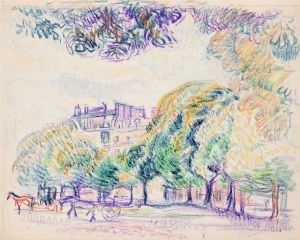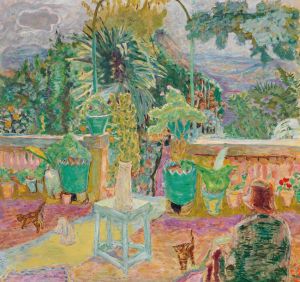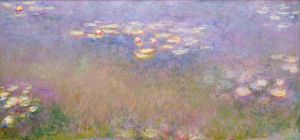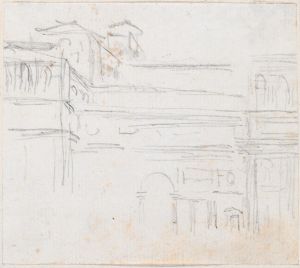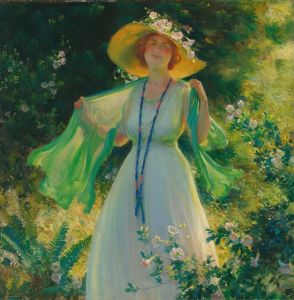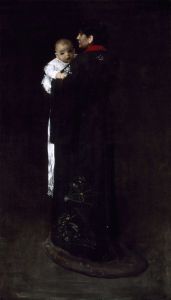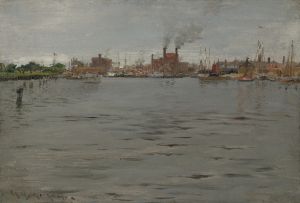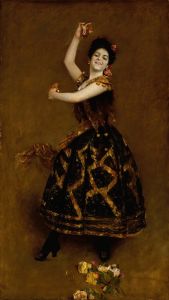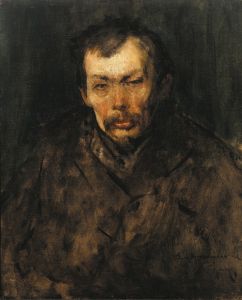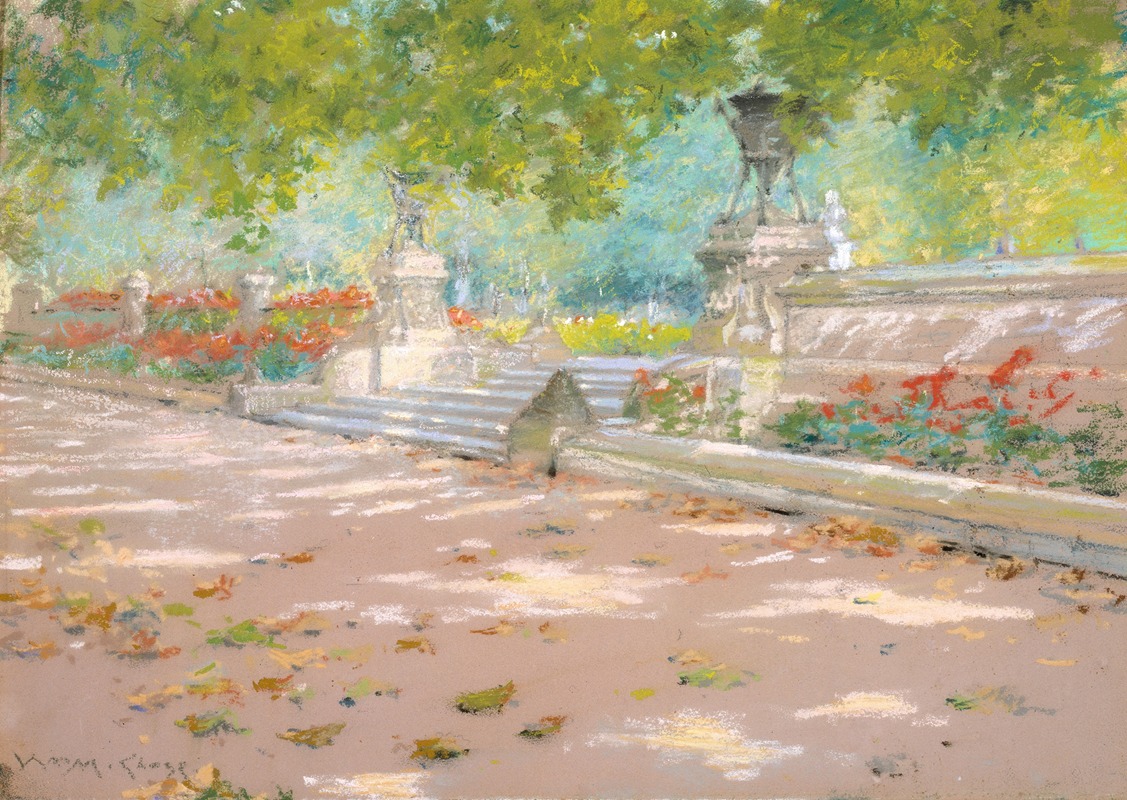
Terrace, Prospect Park
A hand-painted replica of William Merritt Chase’s masterpiece Terrace, Prospect Park, meticulously crafted by professional artists to capture the true essence of the original. Each piece is created with museum-quality canvas and rare mineral pigments, carefully painted by experienced artists with delicate brushstrokes and rich, layered colors to perfectly recreate the texture of the original artwork. Unlike machine-printed reproductions, this hand-painted version brings the painting to life, infused with the artist’s emotions and skill in every stroke. Whether for personal collection or home decoration, it instantly elevates the artistic atmosphere of any space.
"Terrace, Prospect Park" is a painting by the American artist William Merritt Chase, created in 1887. Chase was a prominent figure in American art during the late 19th and early 20th centuries, known for his contributions to the Impressionist movement and his role as a teacher and mentor to many young artists.
This particular painting is an example of Chase's ability to capture the essence of urban parks, a subject he frequently explored. "Terrace, Prospect Park" depicts a scene from Prospect Park in Brooklyn, New York, which was designed by the renowned landscape architects Frederick Law Olmsted and Calvert Vaux, the same duo responsible for Central Park in Manhattan. The park was completed in the late 19th century and quickly became a popular retreat for city dwellers seeking a natural escape from the urban environment.
In "Terrace, Prospect Park," Chase employs his characteristic loose brushwork and vibrant color palette to convey the lively atmosphere of the park. The painting features figures leisurely strolling and socializing on a sunlit terrace, surrounded by lush greenery. Chase's use of light and shadow effectively captures the dappled sunlight filtering through the trees, creating a sense of movement and life within the composition.
Chase's interest in depicting urban parks was part of a broader trend among American Impressionists, who were drawn to the interplay between nature and modern city life. His work in this genre often highlights the leisurely activities of the middle and upper classes, reflecting the societal changes and growing affluence of the period.
As a leading figure in the American Impressionist movement, Chase was instrumental in promoting the style in the United States. He studied at the Royal Academy in Munich and later traveled extensively in Europe, where he was influenced by the works of the French Impressionists. Upon returning to the United States, Chase became a prominent teacher, founding the Chase School, which later became the Parsons School of Design. His teaching and artistic practice helped to shape a generation of American artists.
"Terrace, Prospect Park" is part of Chase's broader body of work that includes portraits, still lifes, and landscapes. His paintings are celebrated for their technical skill, innovative use of color, and ability to capture the fleeting effects of light and atmosphere. Today, Chase's works are held in major museums and collections across the United States, including the Metropolitan Museum of Art and the Brooklyn Museum, where "Terrace, Prospect Park" may be viewed.
This painting not only exemplifies Chase's mastery of the Impressionist style but also serves as a historical document of urban leisure in late 19th-century America. Through his art, Chase provides a window into the cultural and social dynamics of his time, making "Terrace, Prospect Park" a valuable piece for both its aesthetic qualities and its historical significance.





